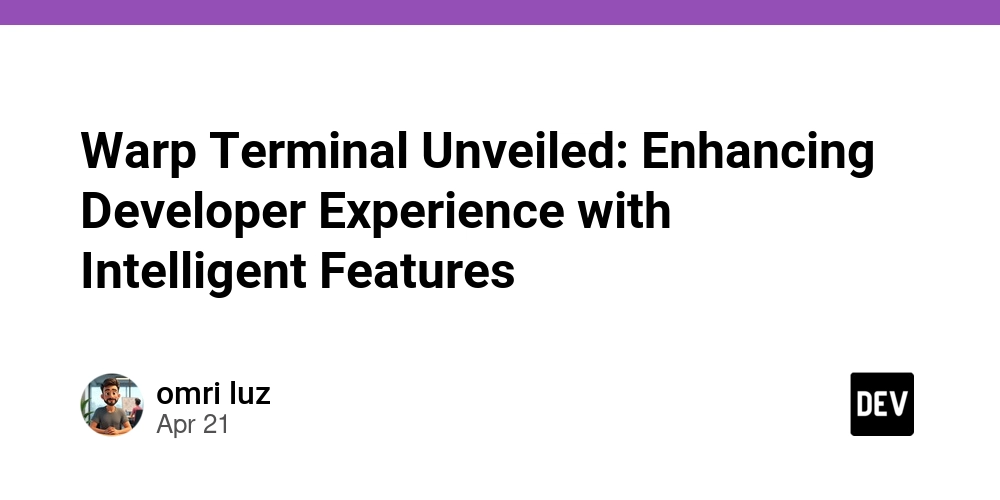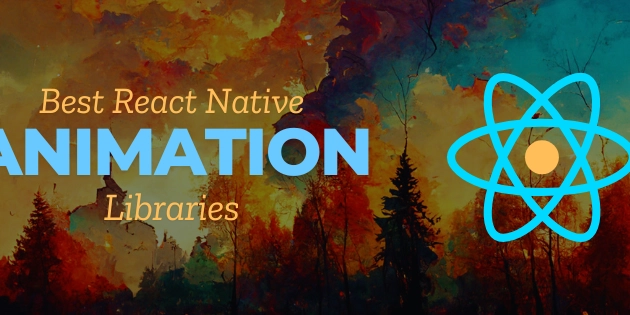AI-Assisted Coding and the Rise of “Vibe Coding”
The Rise of "Vibe Coding" as a New Development ParadigmAI is reshaping how teams build software. What started as basic code completion has evolved into what many now call "vibe coding" - essentially describing what you want in plain language and letting AI handle the implementation details. The numbers speak for themselves: 37% of queries to Claude are coding-related, and Google reports that over 25% of their new code is AI-generated.This isn't just a trend; it's transforming how developers and machines collaborate.From Autocomplete to Full Code GenerationRemember when AI just helped finish lines of code? Tools like GitHub Copilot and Cursor have come a long way from those early days. Now they can generate entire functions or applications from natural language descriptions. Junior developers and non-coders alike can build working prototypes simply by describing what they want— something unimaginable just a few years ago.The Developer's Evolving Role: Orchestrator Instead of TypistSoftware developers can now spend less time typing out every line and more time directing the development process. Instead of writing boilerplate code, developers focus on architecture and design decisions while AI handles the implementation details. This shift means coding becomes more about creative problem-solving than manual typing—a welcome change for developers tired of writing the same CRUD operations for the thousandth time.Creating a True Human-AI Collaborative PartnershipThe best vibe coding workflows feel like pair programming with a tireless partner. You describe what you're trying to achieve, the AI generates a solution, and you refine it together. This back-and-forth process often leads to better outcomes than either working alone or with traditional tools. The human brings context and judgment; the AI brings speed and pattern recognition from millions of code samples. The Art of Delegating Tasks to AI AssistantsEffectively using AI requires clear context and verification of the work. Learning how to craft prompts that yield quality code is a crucial skill. Productivity improves by creating feedback loops: prompt, review output, refine prompt, and iterate. Over time, you develop an intuition for which tasks to delegate and how to phrase your instructions for best results.Accelerated Development and Enhanced CreativityOffloading repetitive coding tasks to AI can speed up development cycles. Instead of devoting the majority of time to writing code, I can focus on solving interesting problems that require human creativity.This acceleration means more time for thoughtful architecture decisions and exploring alternative approaches—innovative work that moves projects forward.Knowledge Amplification Through AI CollaborationHaving an AI assistant is like having an encyclopedia of coding patterns at your fingertips. It can suggest optimizations I wouldn't have thought of or implementation techniques from domains outside my expertise. This knowledge amplification has helped me write cleaner, more efficient code and learn new approaches along the way. The most surprising benefit?Those moments when the AI's suggestion sparks an entirely new solution I wouldn't have considered.Democratizing Software CreationVibe coding lowers barriers to entry. Product managers who've never written a line of code can now prototype features. Domain experts can build simple tools without waiting for engineering resources. This democratization means ideas can be tested and iterated on faster, though engineers should still be required to provide guidance on best practices.The Essential Role of Human OversightFor all its capabilities, AI still generates code that needs careful review. It can hallucinate functions that don't exist, miss edge cases, or introduce subtle bugs. Treating AI-generated code like production-ready solutions leads to headaches. The most effective approach is to treat AI as a skilled assistant rather than an autonomous developer—one that needs direction for complex architecture and thorough code review. Preparing for the Future of DevelopmentAs vibe coding goes mainstream, developers must also evolve to become AI architects. Thriving in this new paradigm means effectively communicating requirements, critically evaluating AI outputs, and integrating components cohesively into systems. It’s the difference between viewing AI as an amplifier of capabilities, instead of a replacement.With AI handling repetitive tasks that drain valuable time and resources, developers can focus on innovation and problem-solving that drives growth. Learn more about AI assisted coding, and how you can integrate AI to deliver quality software with teams that are engaged and creative.

The Rise of "Vibe Coding" as a New Development Paradigm
AI is reshaping how teams build software. What started as basic code completion has evolved into what many now call "vibe coding" - essentially describing what you want in plain language and letting AI handle the implementation details.
The numbers speak for themselves: 37% of queries to Claude are coding-related, and Google reports that over 25% of their new code is AI-generated.
This isn't just a trend; it's transforming how developers and machines collaborate.
From Autocomplete to Full Code Generation
Remember when AI just helped finish lines of code? Tools like GitHub Copilot and Cursor have come a long way from those early days. Now they can generate entire functions or applications from natural language descriptions. Junior developers and non-coders alike can build working prototypes simply by describing what they want— something unimaginable just a few years ago.
The Developer's Evolving Role: Orchestrator Instead of Typist
Software developers can now spend less time typing out every line and more time directing the development process. Instead of writing boilerplate code, developers focus on architecture and design decisions while AI handles the implementation details.
This shift means coding becomes more about creative problem-solving than manual typing—a welcome change for developers tired of writing the same CRUD operations for the thousandth time.
Creating a True Human-AI Collaborative Partnership
The best vibe coding workflows feel like pair programming with a tireless partner. You describe what you're trying to achieve, the AI generates a solution, and you refine it together. This back-and-forth process often leads to better outcomes than either working alone or with traditional tools. The human brings context and judgment; the AI brings speed and pattern recognition from millions of code samples.
The Art of Delegating Tasks to AI Assistants
Effectively using AI requires clear context and verification of the work. Learning how to craft prompts that yield quality code is a crucial skill. Productivity improves by creating feedback loops: prompt, review output, refine prompt, and iterate. Over time, you develop an intuition for which tasks to delegate and how to phrase your instructions for best results.
Accelerated Development and Enhanced Creativity
Offloading repetitive coding tasks to AI can speed up development cycles. Instead of devoting the majority of time to writing code, I can focus on solving interesting problems that require human creativity.
This acceleration means more time for thoughtful architecture decisions and exploring alternative approaches—innovative work that moves projects forward.
Knowledge Amplification Through AI Collaboration
Having an AI assistant is like having an encyclopedia of coding patterns at your fingertips. It can suggest optimizations I wouldn't have thought of or implementation techniques from domains outside my expertise.
This knowledge amplification has helped me write cleaner, more efficient code and learn new approaches along the way. The most surprising benefit?
Those moments when the AI's suggestion sparks an entirely new solution I wouldn't have considered.
Democratizing Software Creation
Vibe coding lowers barriers to entry. Product managers who've never written a line of code can now prototype features. Domain experts can build simple tools without waiting for engineering resources. This democratization means ideas can be tested and iterated on faster, though engineers should still be required to provide guidance on best practices.
The Essential Role of Human Oversight
For all its capabilities, AI still generates code that needs careful review. It can hallucinate functions that don't exist, miss edge cases, or introduce subtle bugs. Treating AI-generated code like production-ready solutions leads to headaches.
The most effective approach is to treat AI as a skilled assistant rather than an autonomous developer—one that needs direction for complex architecture and thorough code review.
Preparing for the Future of Development
As vibe coding goes mainstream, developers must also evolve to become AI architects. Thriving in this new paradigm means effectively communicating requirements, critically evaluating AI outputs, and integrating components cohesively into systems.
It’s the difference between viewing AI as an amplifier of capabilities, instead of a replacement.
With AI handling repetitive tasks that drain valuable time and resources, developers can focus on innovation and problem-solving that drives growth. Learn more about AI assisted coding, and how you can integrate AI to deliver quality software with teams that are engaged and creative.










































































